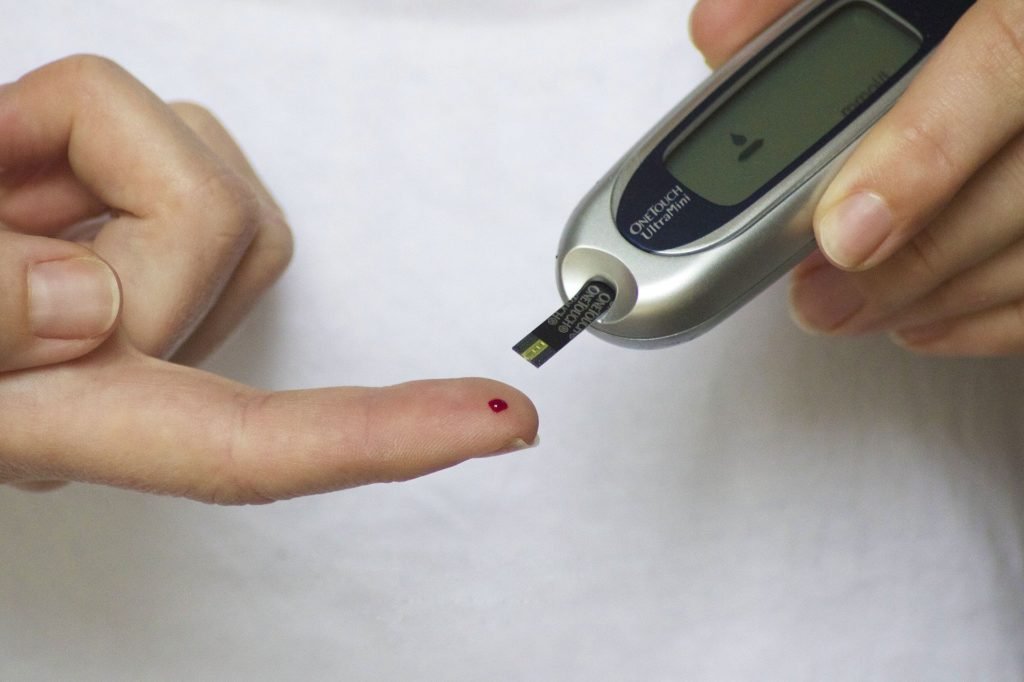A diabetes assessment plan is vital for all people with diabetes in Humble, Texas, as it can help to ensure that they are staying on track with their diabetes management. There are many different components of a sound diabetes assessment plan that Humble diabetes and obesity specialist will concentrate on. Each one is important in its way. These are some of the critical aspects that a good plan should focus on.
1. Kidney Function
One of the most important aspects of a diabetes assessment plan is monitoring kidney function. Kidney disease is a common complication of diabetes, so it is vital to keep an eye on kidney function in people with diabetes. There are a few different ways to monitor kidney function, including blood and urine tests.
2. Eye Function
Eye disease is a common complication of diabetes, so it is crucial to watch eye health in people with diabetes. There are a few different ways to monitor eye health, including eye exams and visual acuity tests.
3. Foot Function
People with diabetes are at risk of developing foot ulcers, so it is essential to monitor foot health carefully. There are a few different ways to monitor foot health, including podiatry exams and foot scans.
4. Hypoglycemia Levels
Hypoglycemia is a common complication of diabetes, so it is crucial to watch blood sugar levels. There are a few different ways to monitor blood sugar levels, including blood and finger-prick tests.
Controlling blood sugar levels is pivotal because it helps to prevent the complications of diabetes. These complications can include kidney disease, eye disease, foot ulcers, and hypoglycemia.
5. Body Mass Index (BMI)
Another critical aspect of a diabetes assessment plan is monitoring BMI. BMI is a measure of body fat, and it is essential to monitor BMI in people with diabetes. There are a few different ways to calculate BMI, including using weight and height or using waist circumference.
The doctor will explain why lifestyle adjustments mean a lot in diabetes management. Lifestyle adjustments such as eating healthy foods, exercising regularly, and maintaining a healthy weight can help to control blood sugar levels and prevent or delay the onset of diabetes complications.
6. Hemoglobin Levels
It is also essential to monitor hemoglobin levels in people with diabetes. Hemoglobin levels are a measure of red blood cell count, and they can be an indicator of how well diabetes is being managed. There are a few different ways to measure hemoglobin levels, including blood tests and hemoglobin A1c tests.
There is no one “optimal” hemoglobin level, as each person’s hemoglobin level will differ. However, a hemoglobin level that is too low can be a sign that diabetes is not being managed well, and a hemoglobin level that is too high can be a sign of uncontrolled diabetes.
7. Blood Pressure Reading
Blood pressure is a measure of the force of blood against the walls of arteries, and it is essential to monitor blood pressure in people with diabetes. There are a few different ways to monitor blood pressure, including using an automated machine or manually taking a blood pressure reading.
Each of these components is important, and a diabetes assessment plan should focus on all of them. By monitoring kidney function, eye function, foot health, hypoglycemia levels, BMI, and A1C levels, you can help to ensure that your loved one with diabetes is staying on track with their diabetes management.


